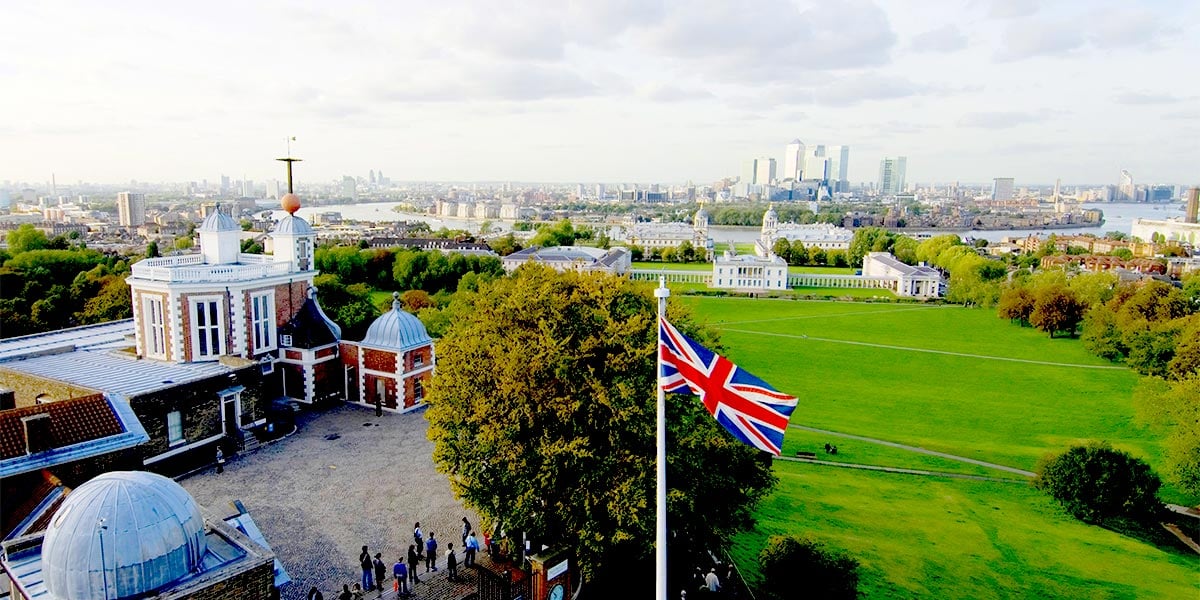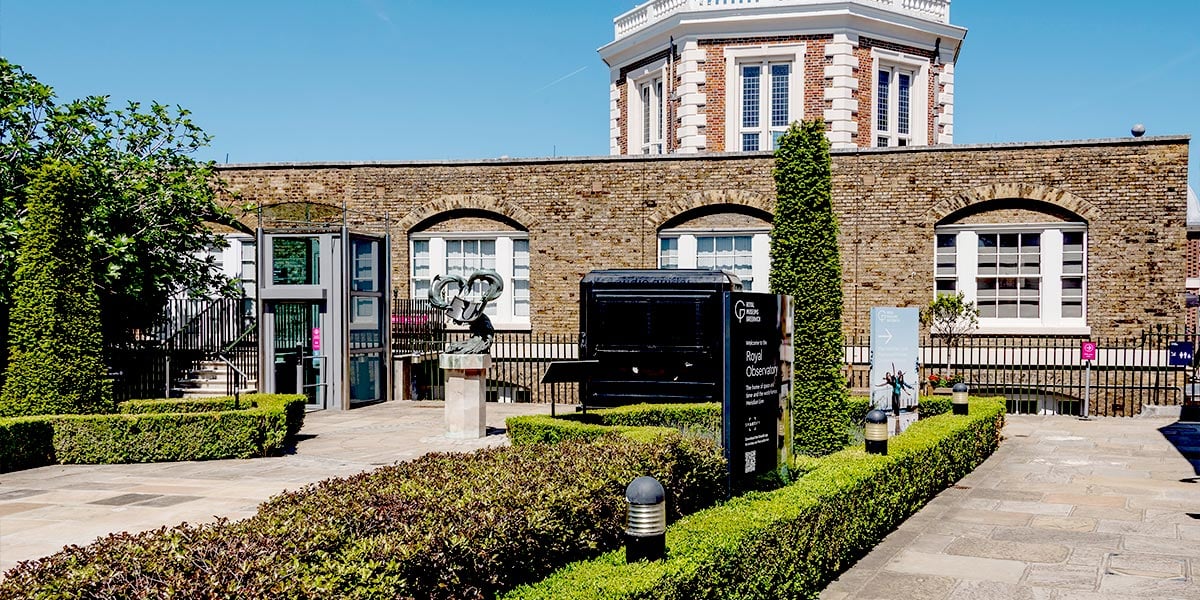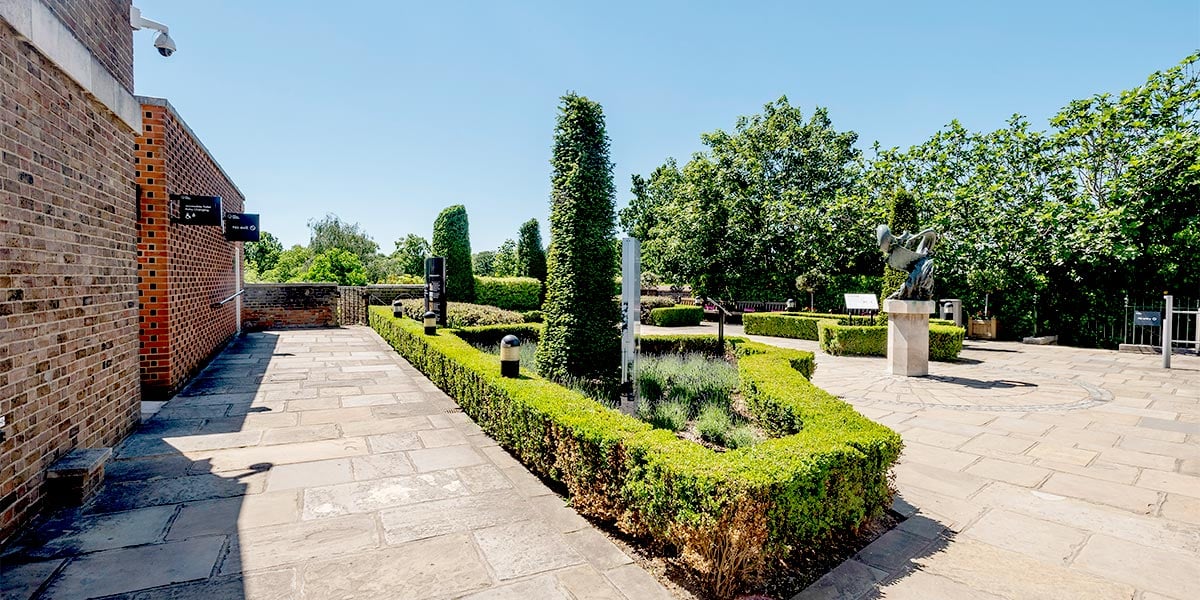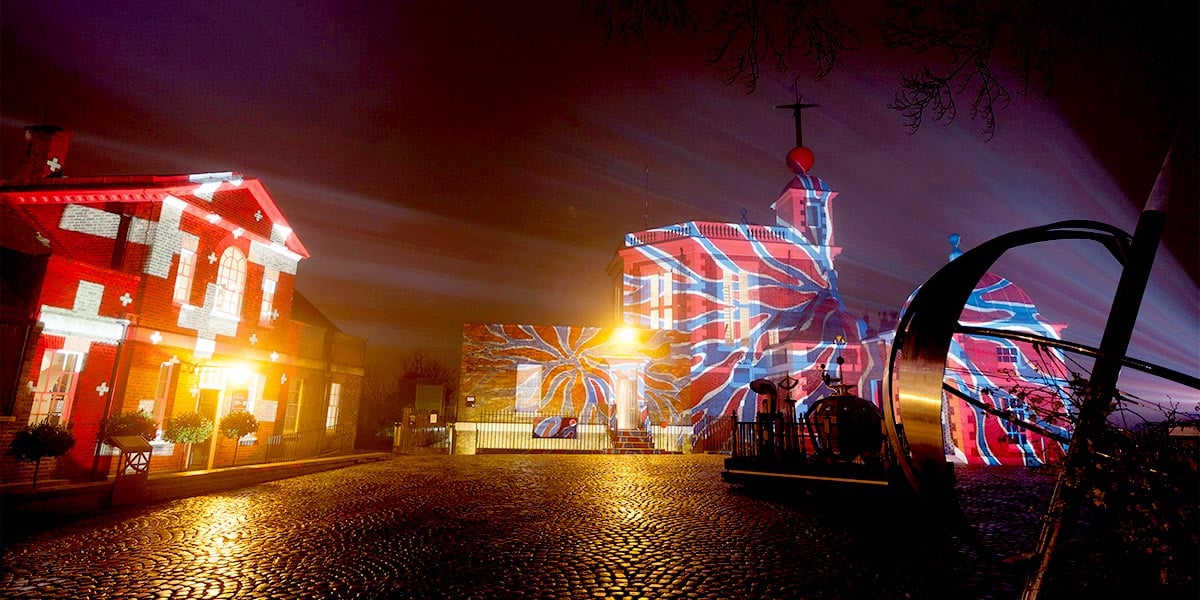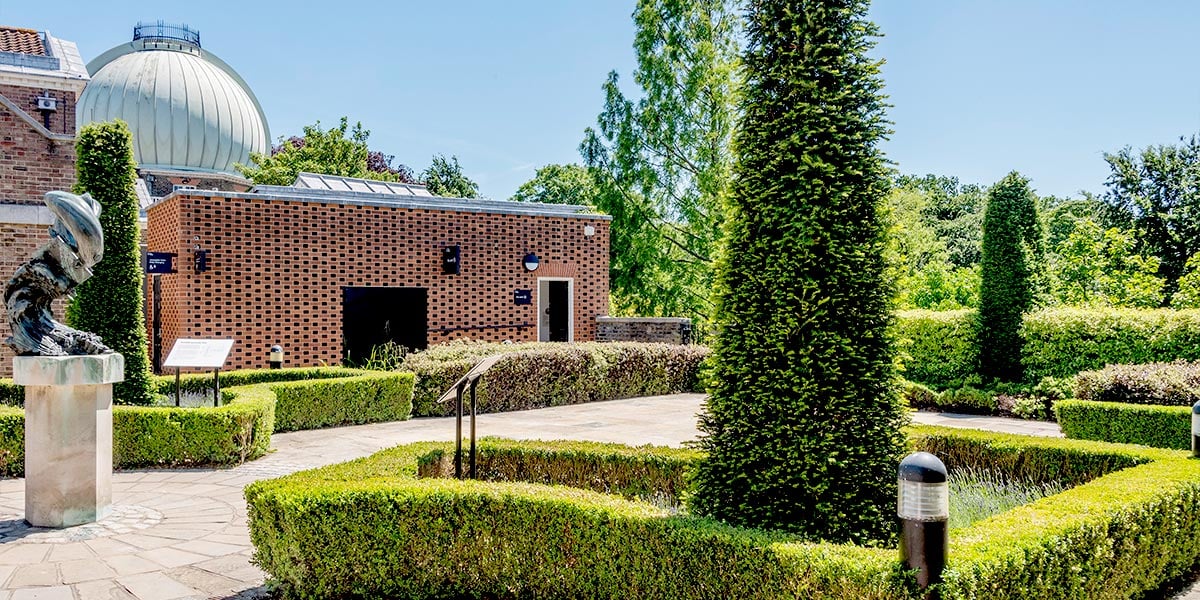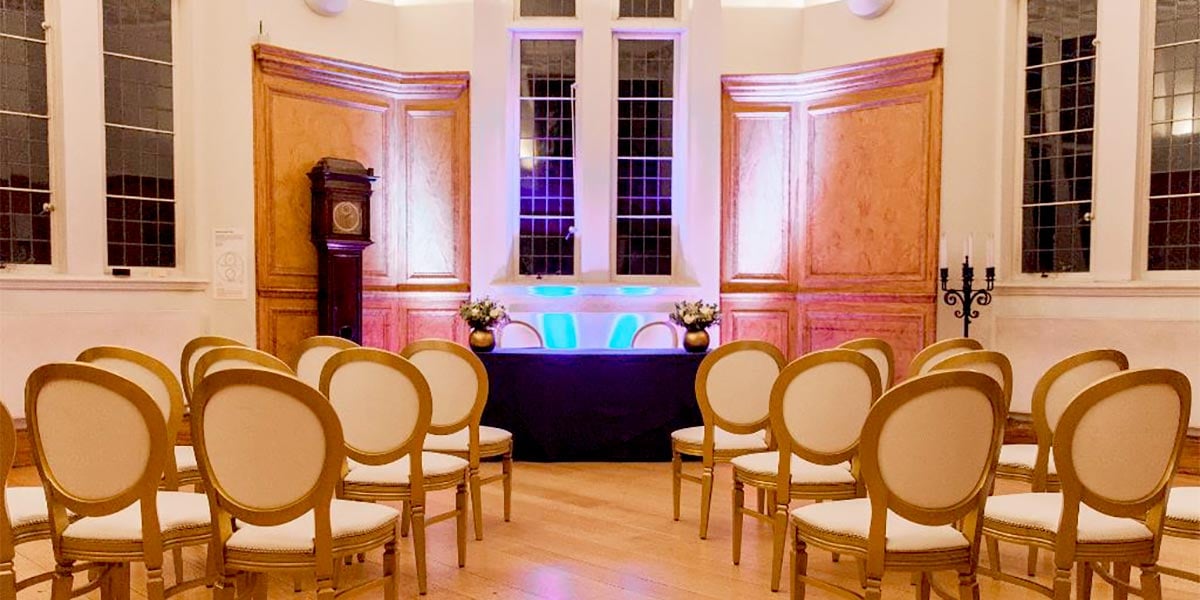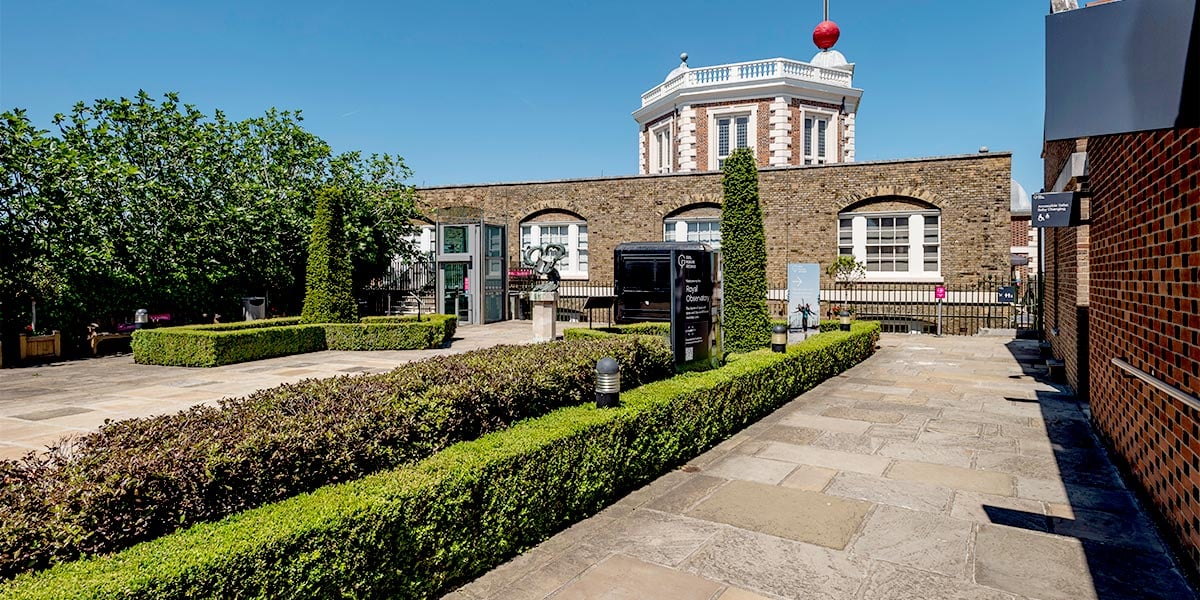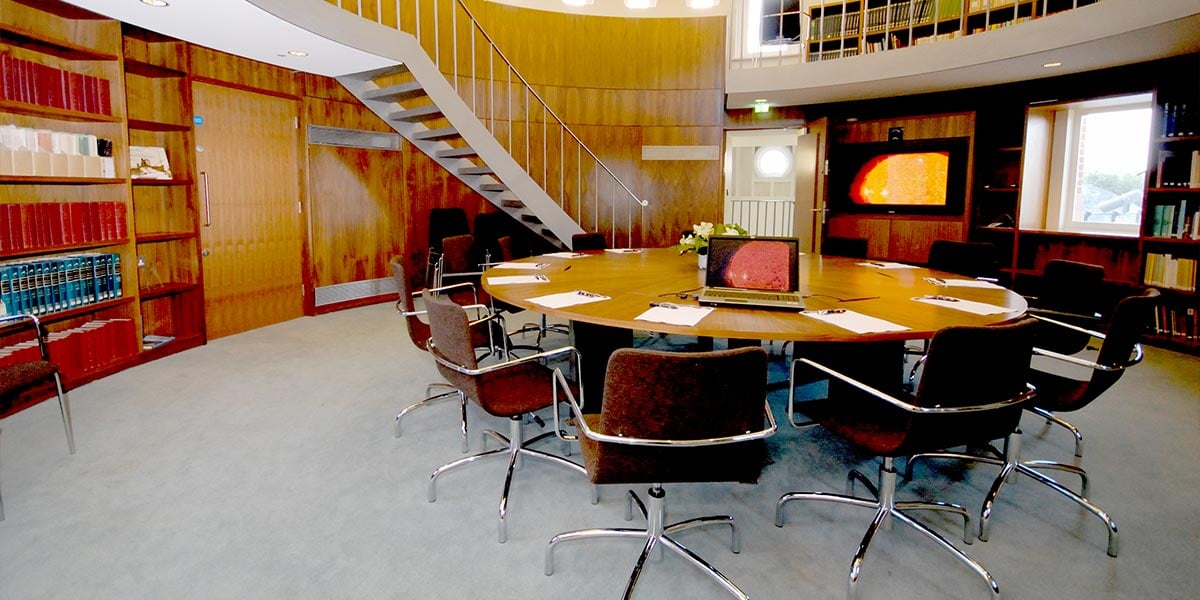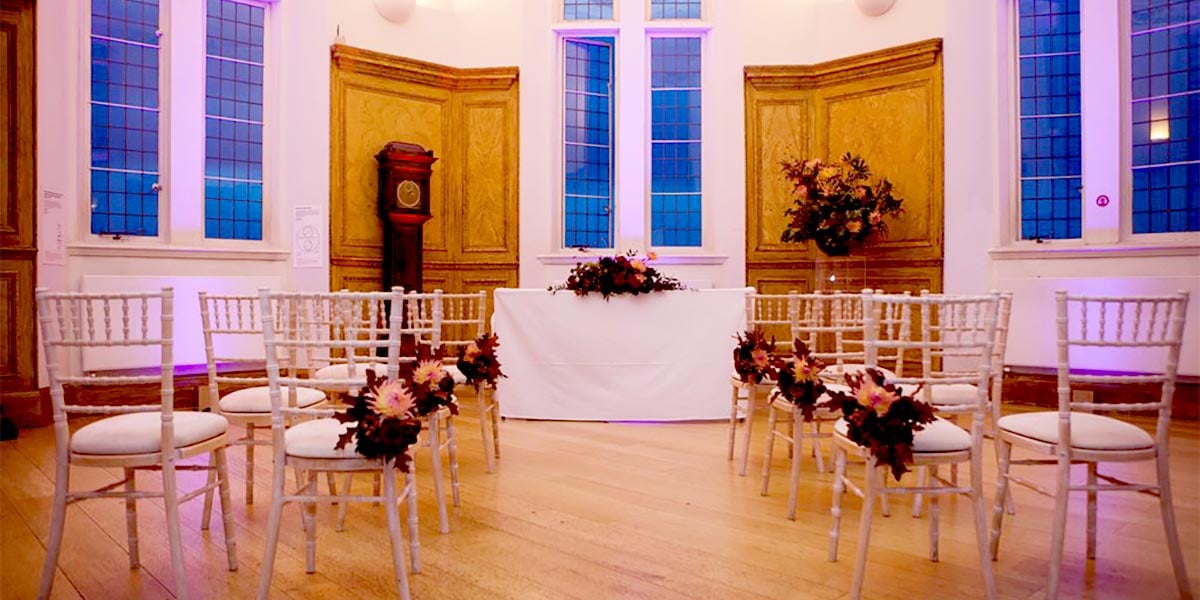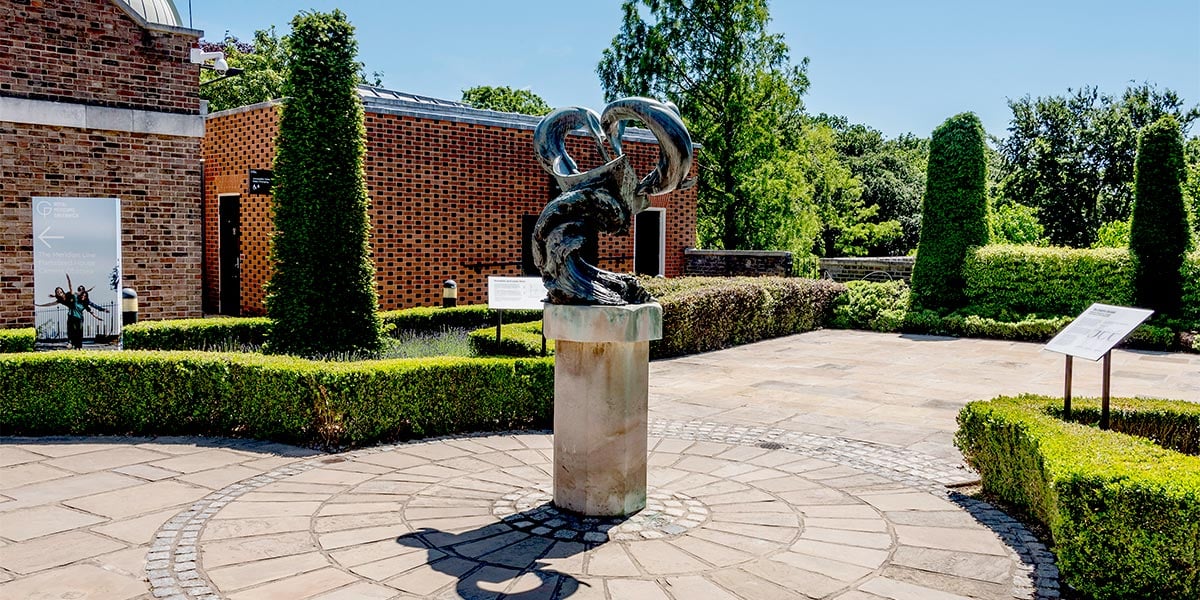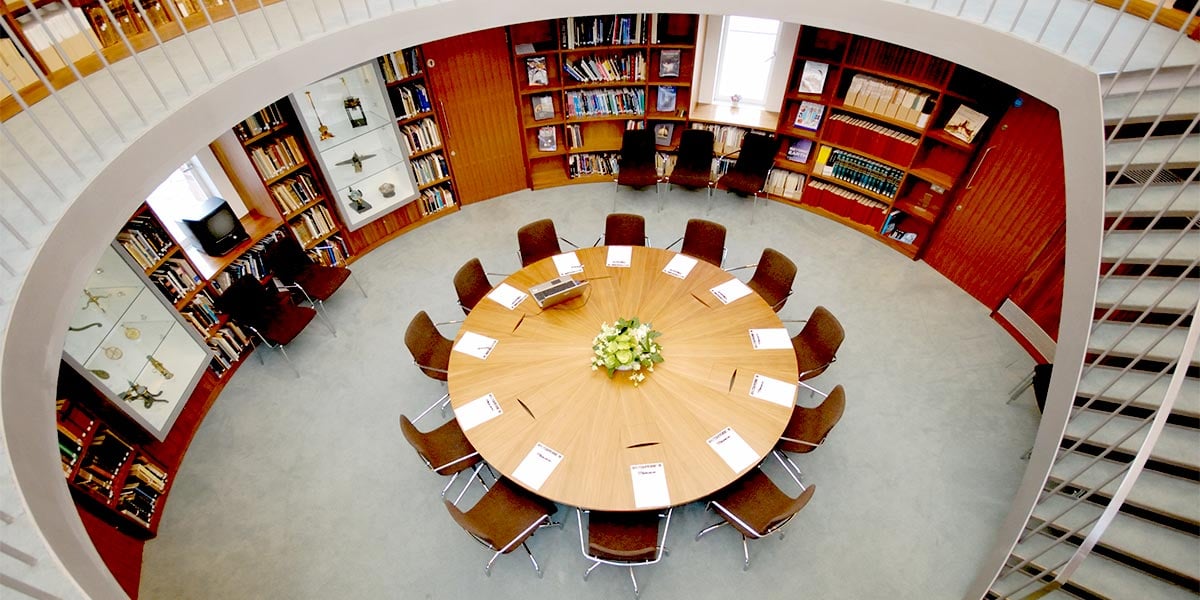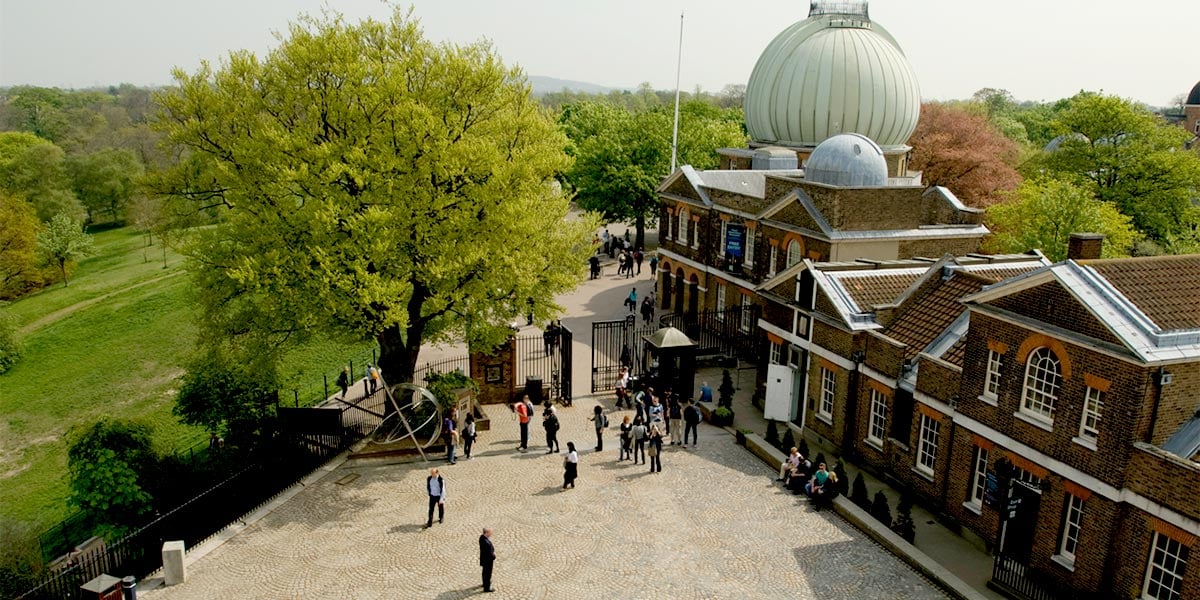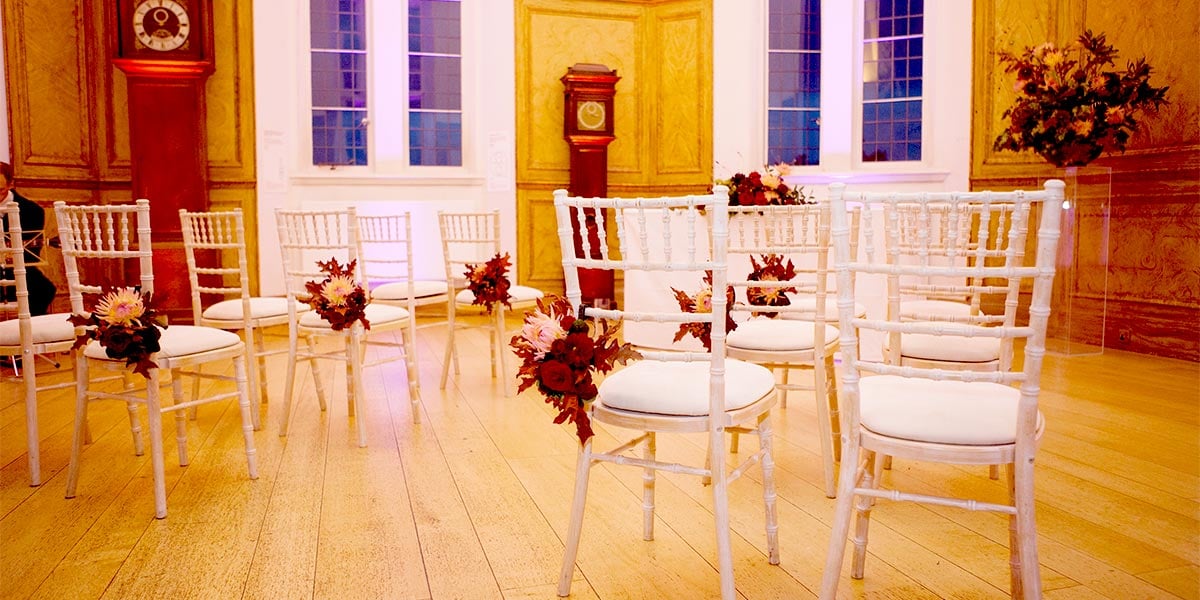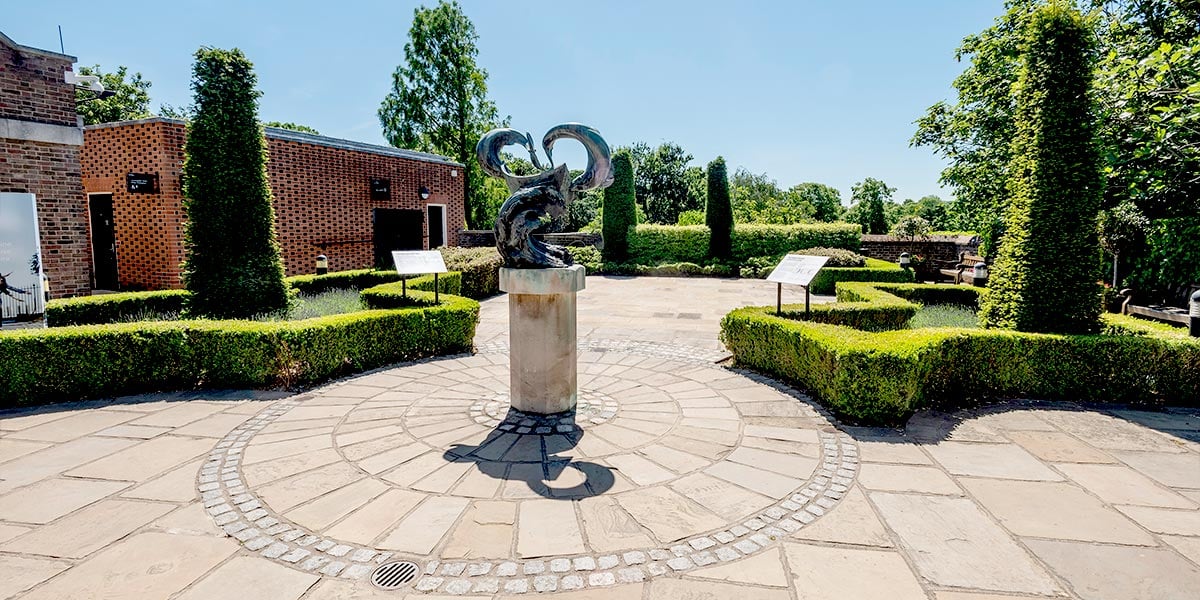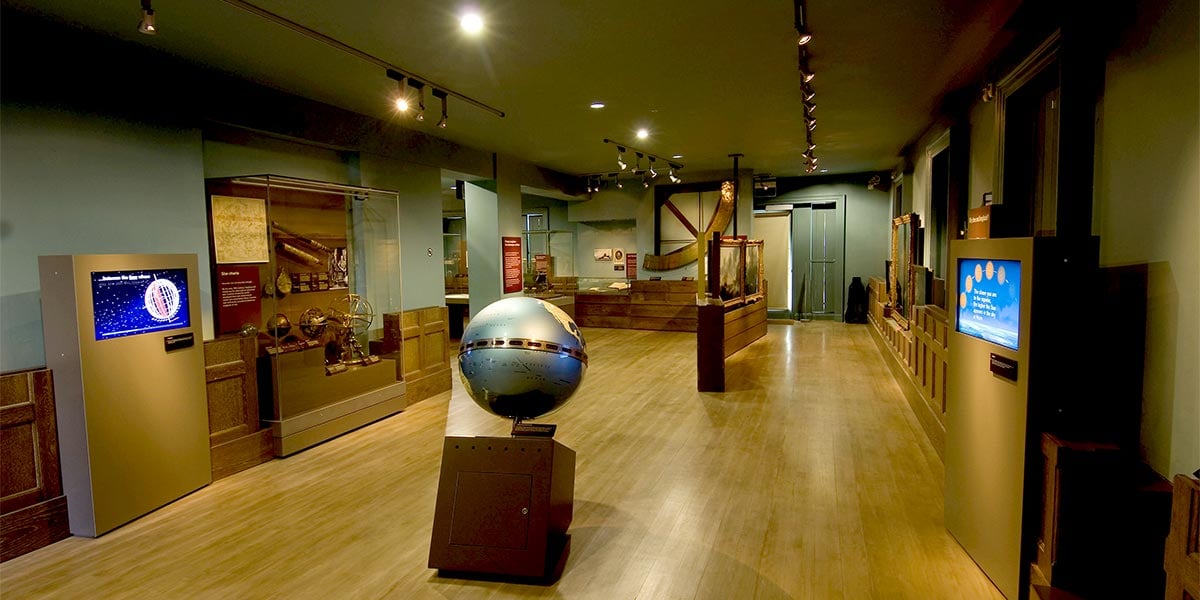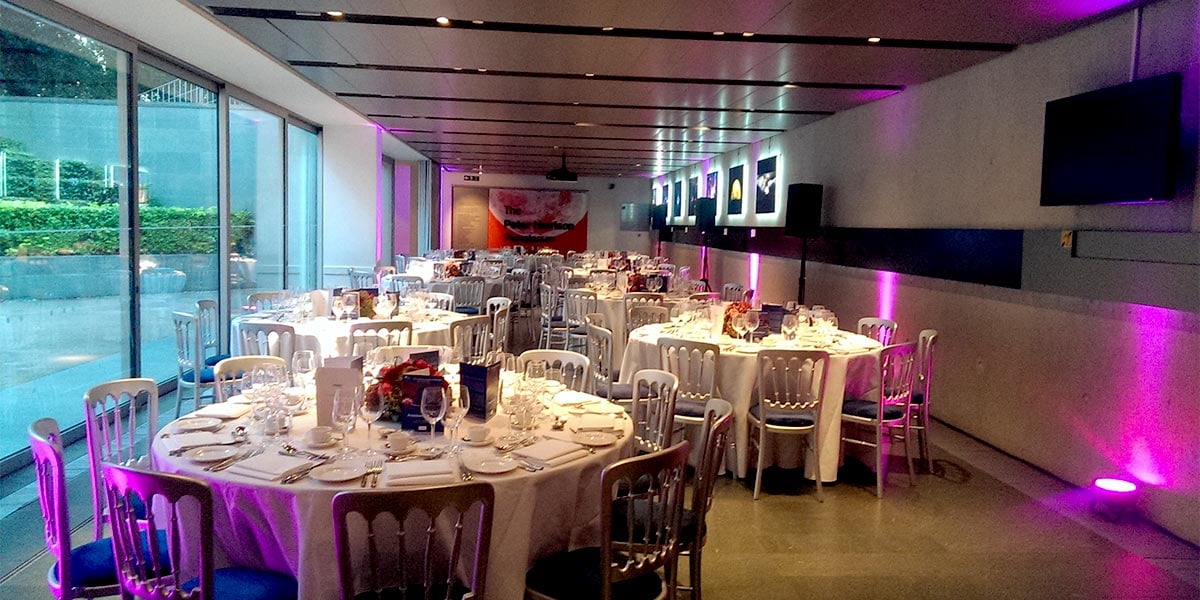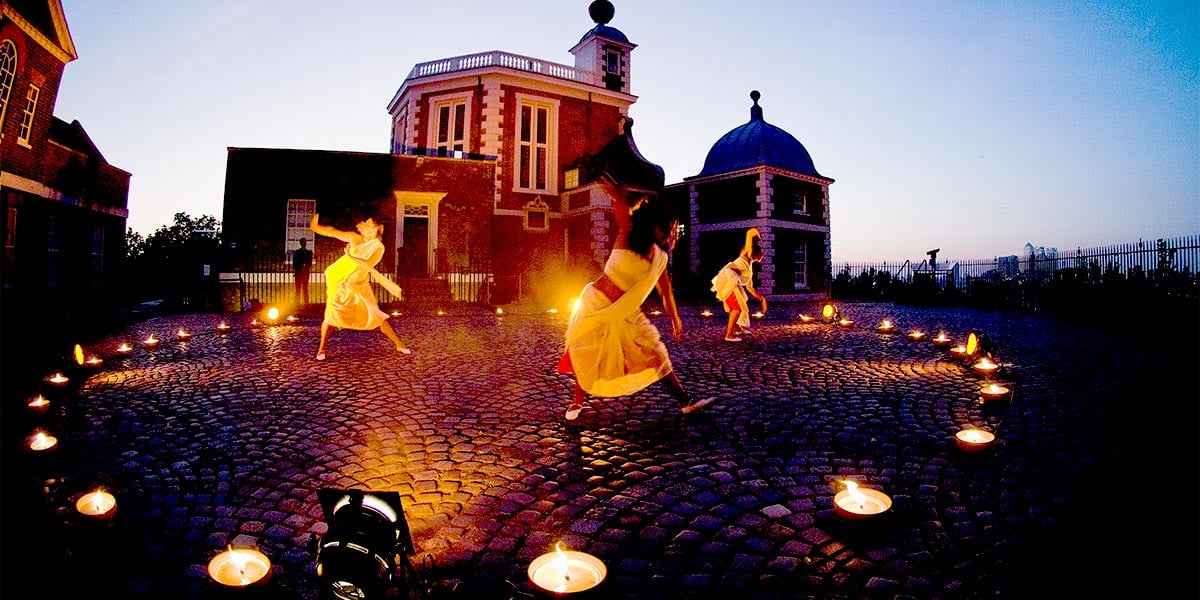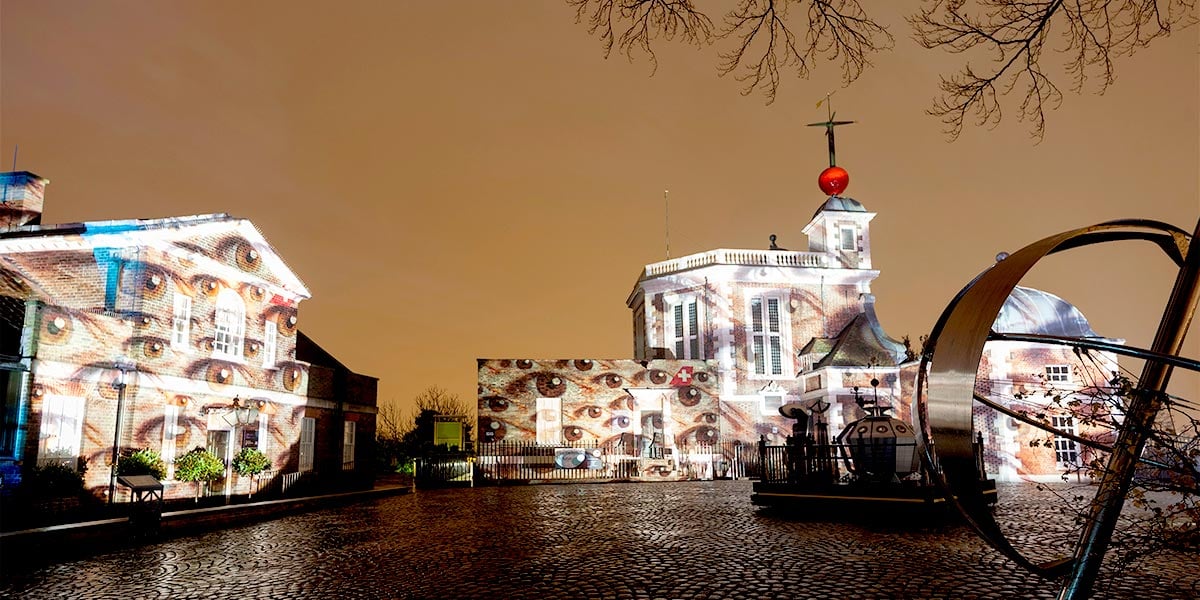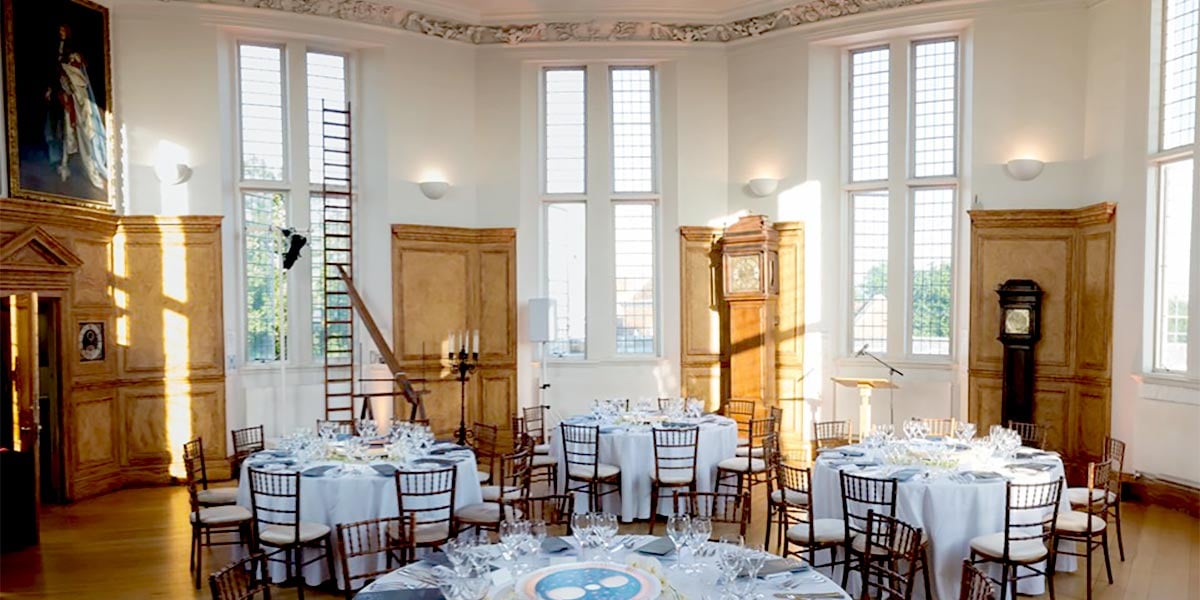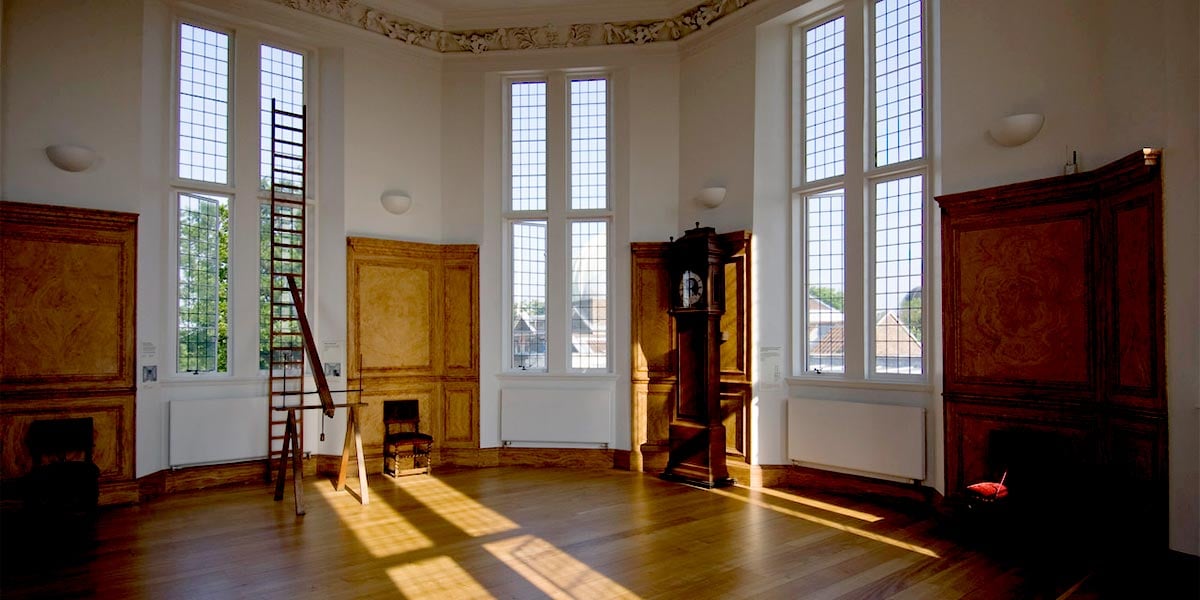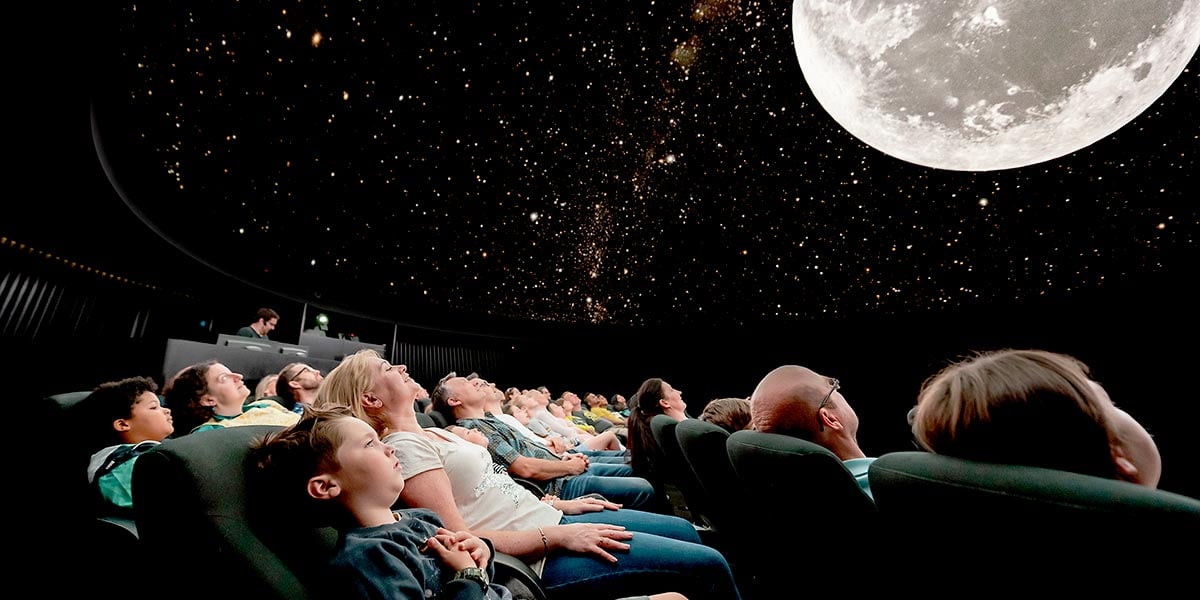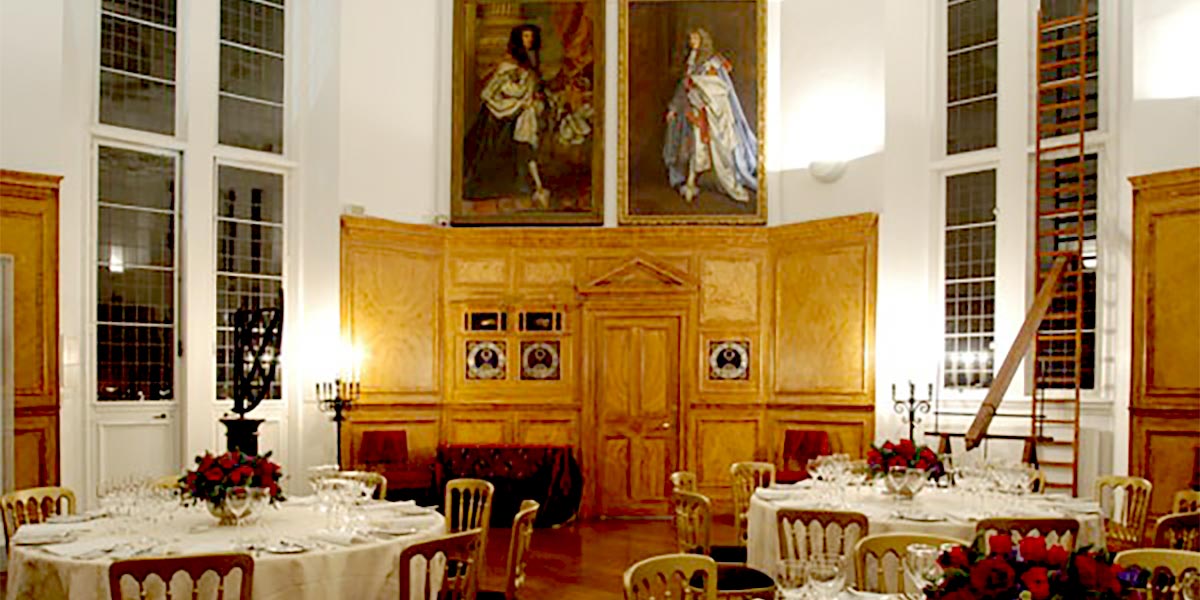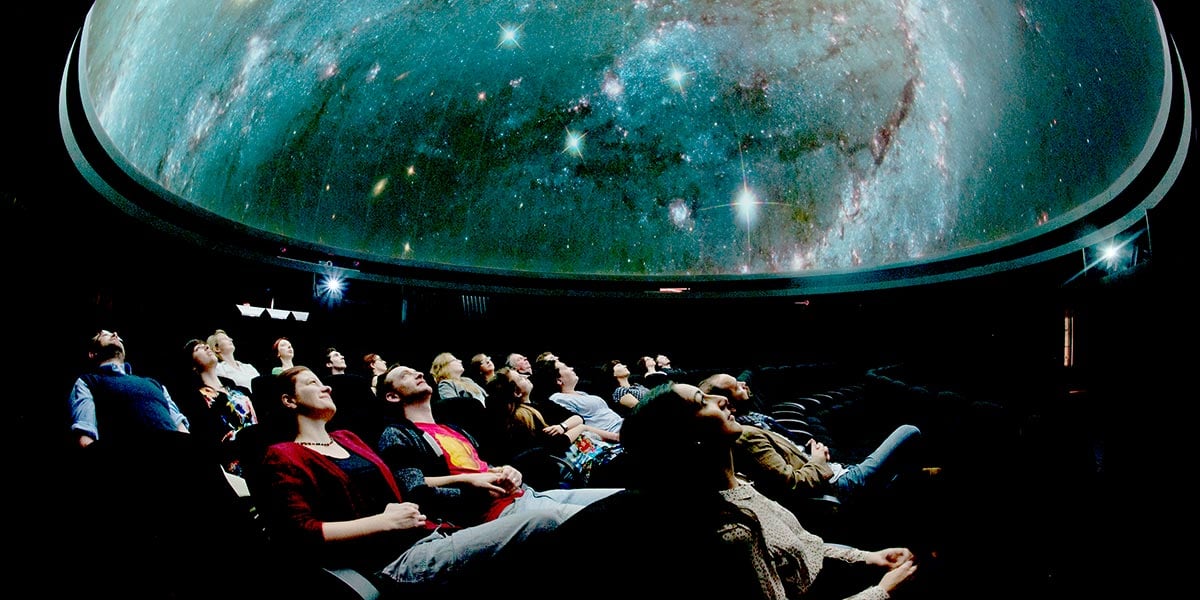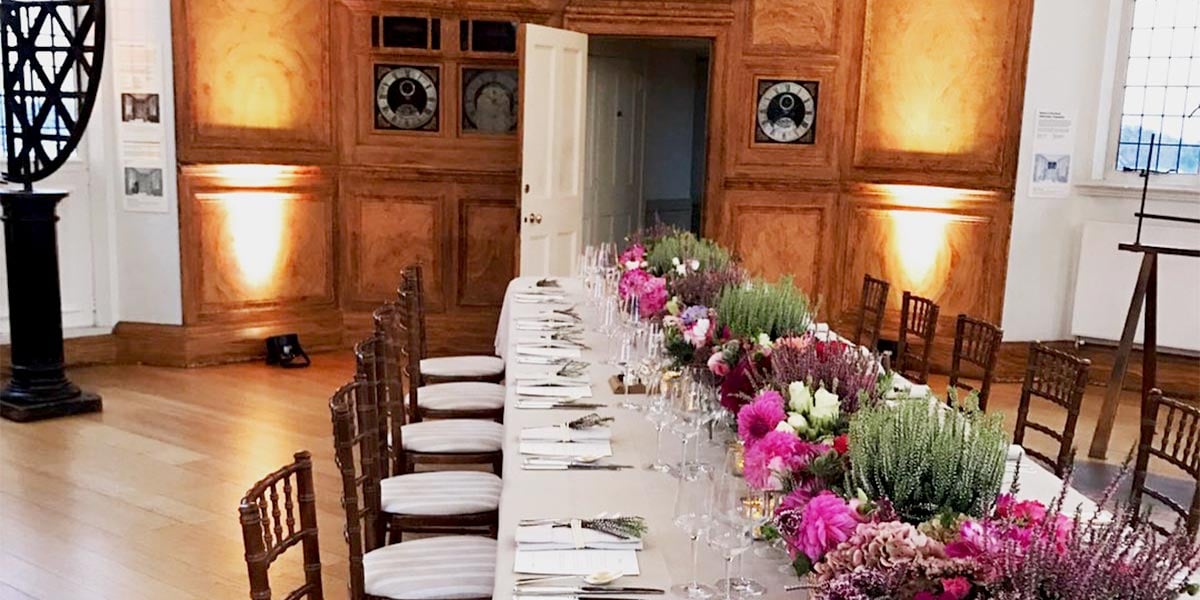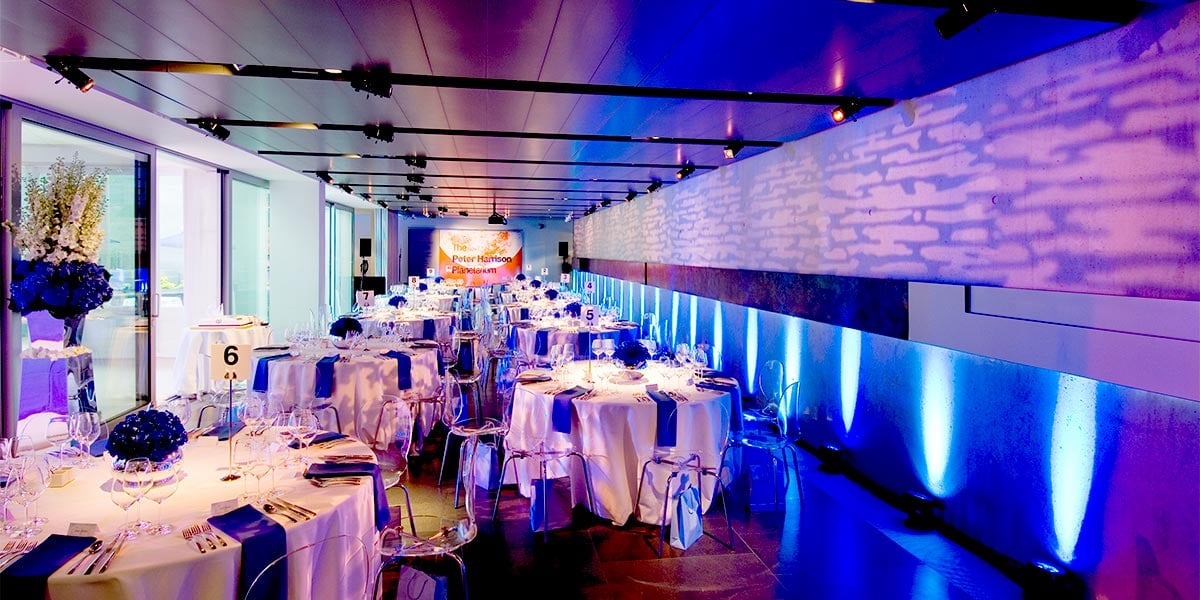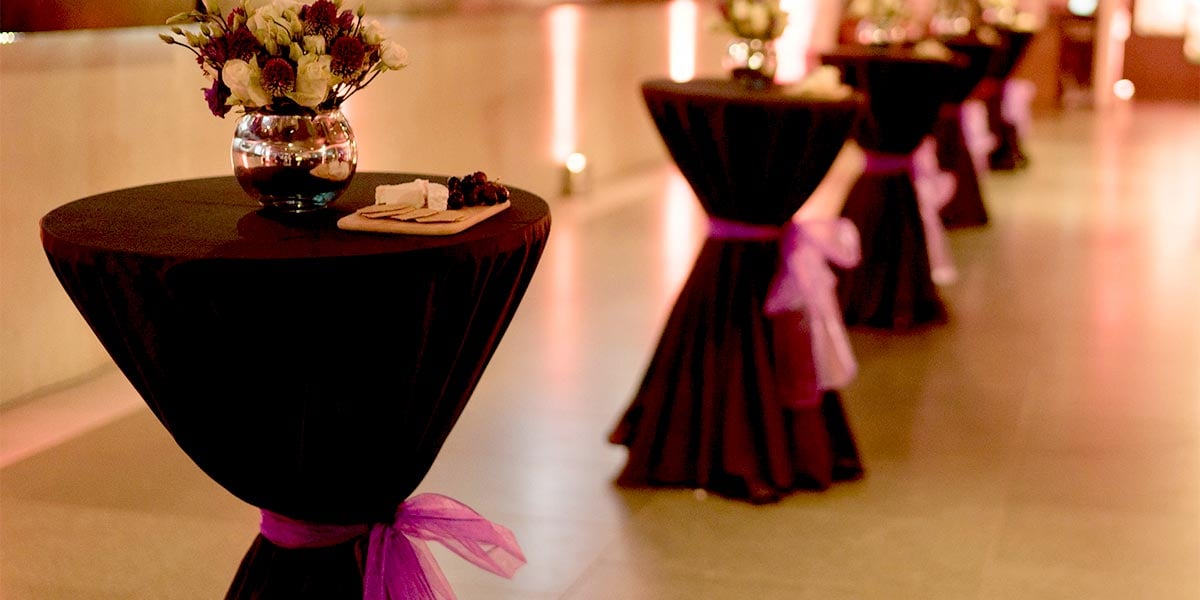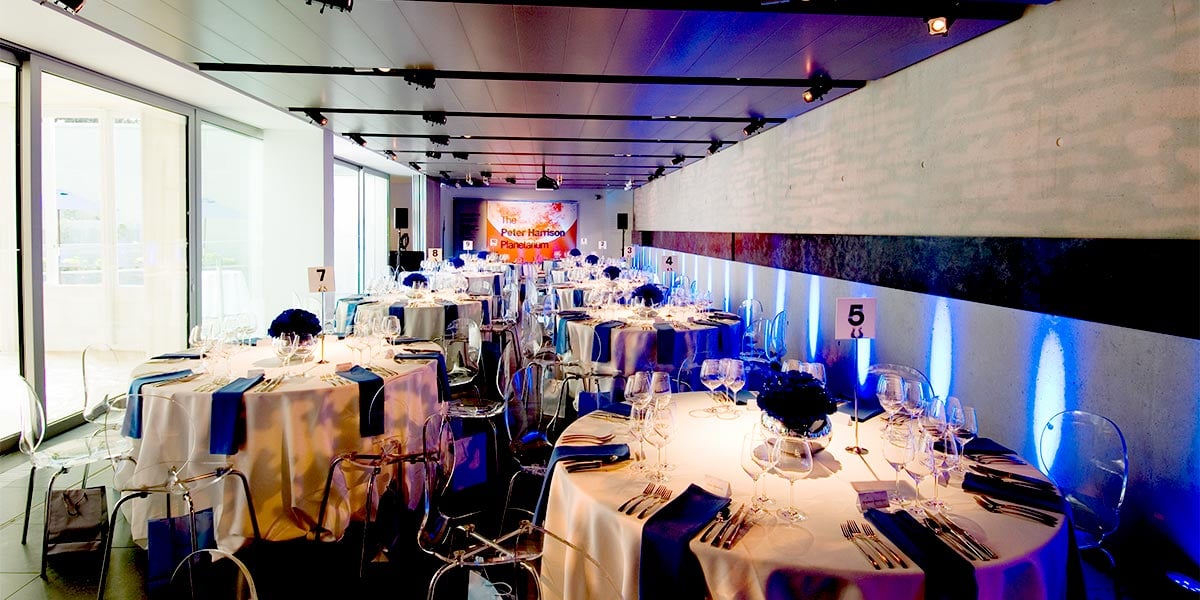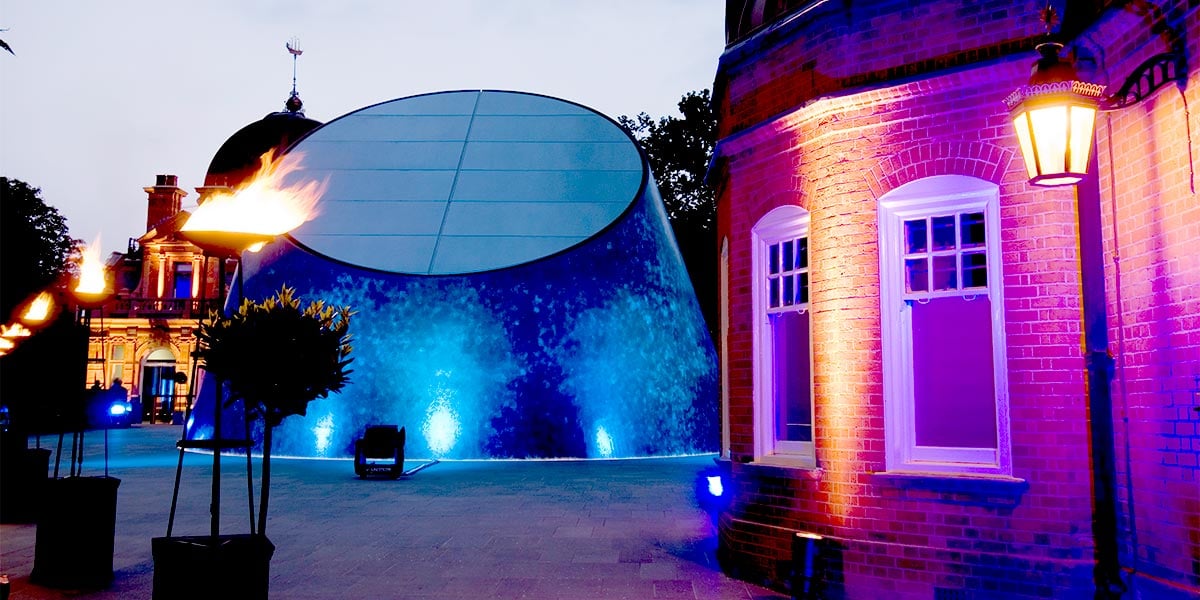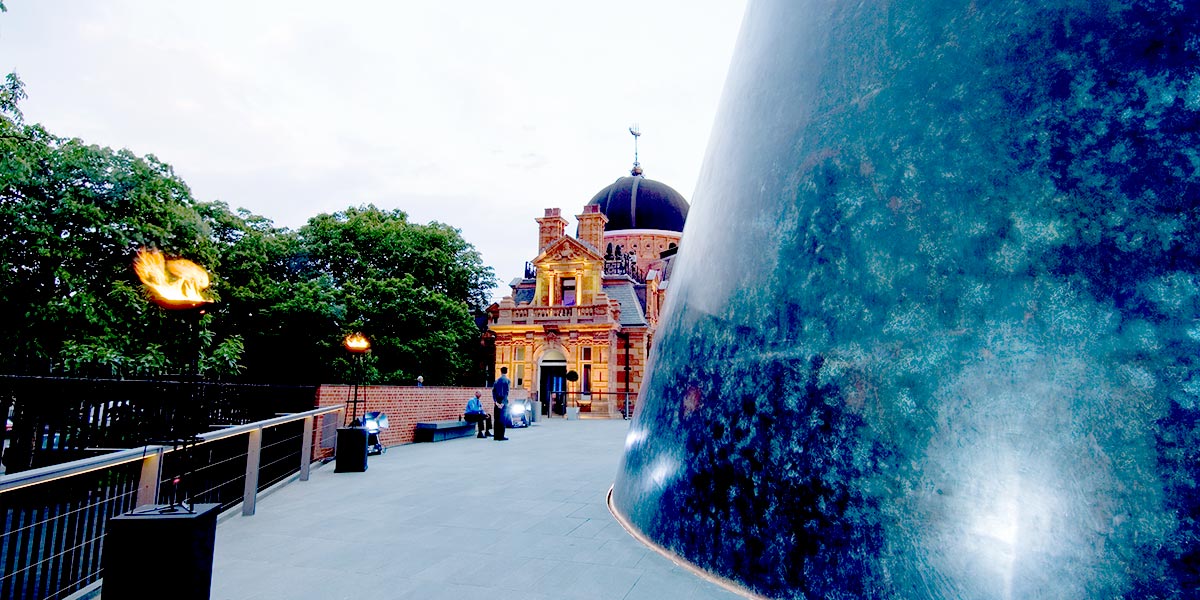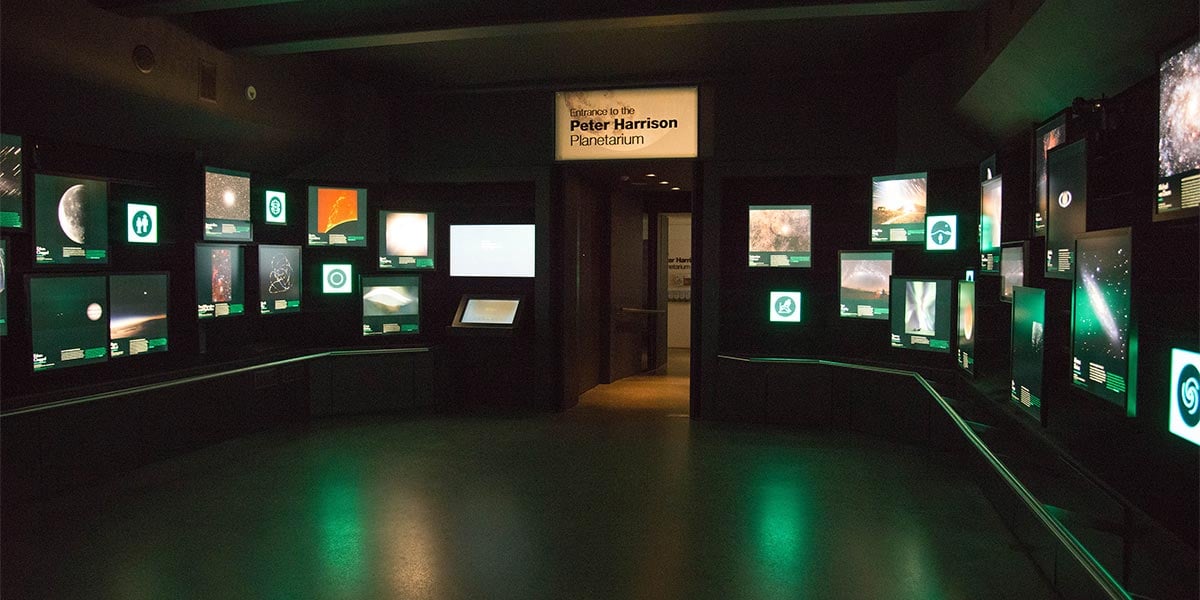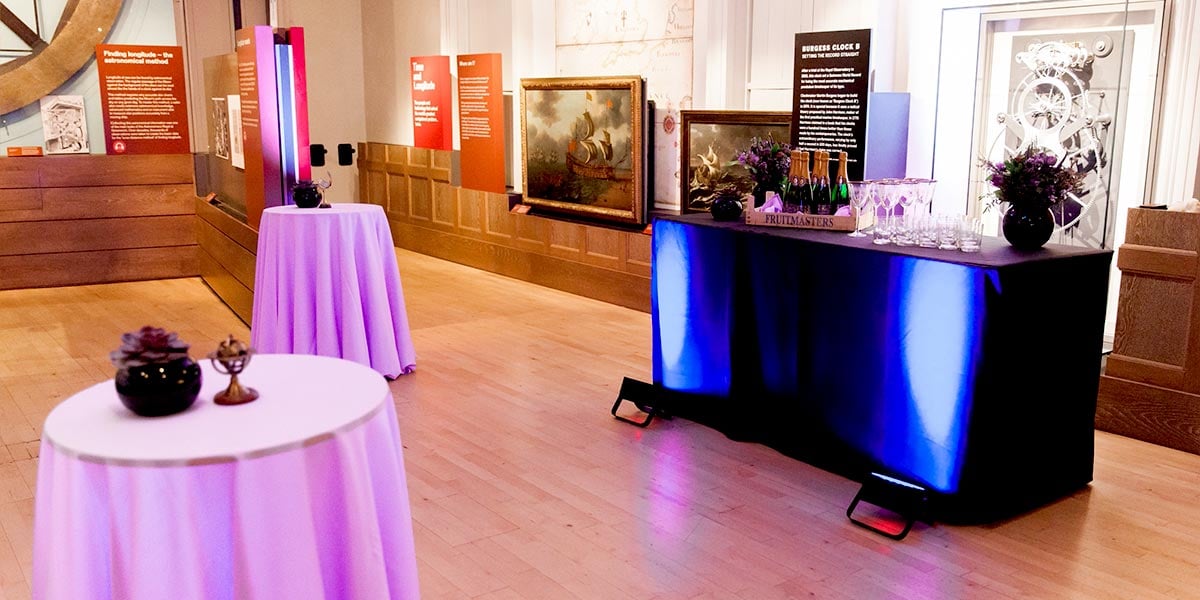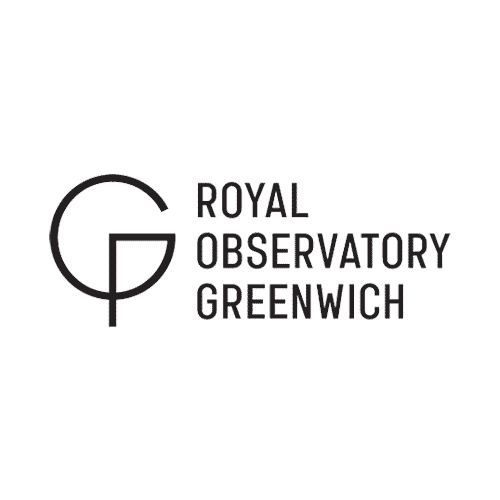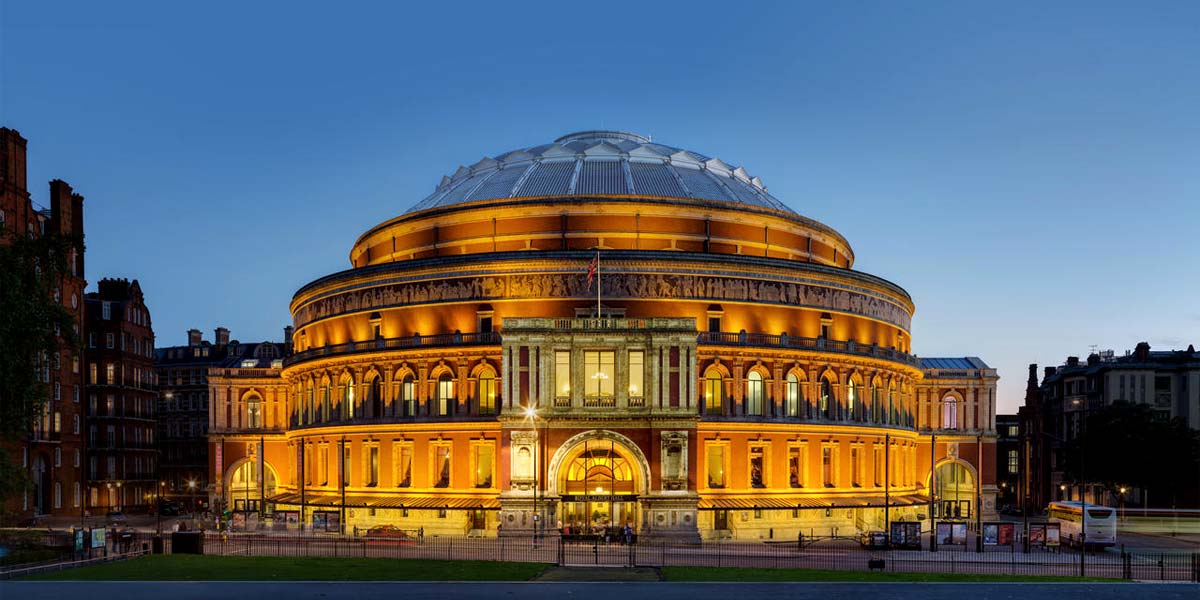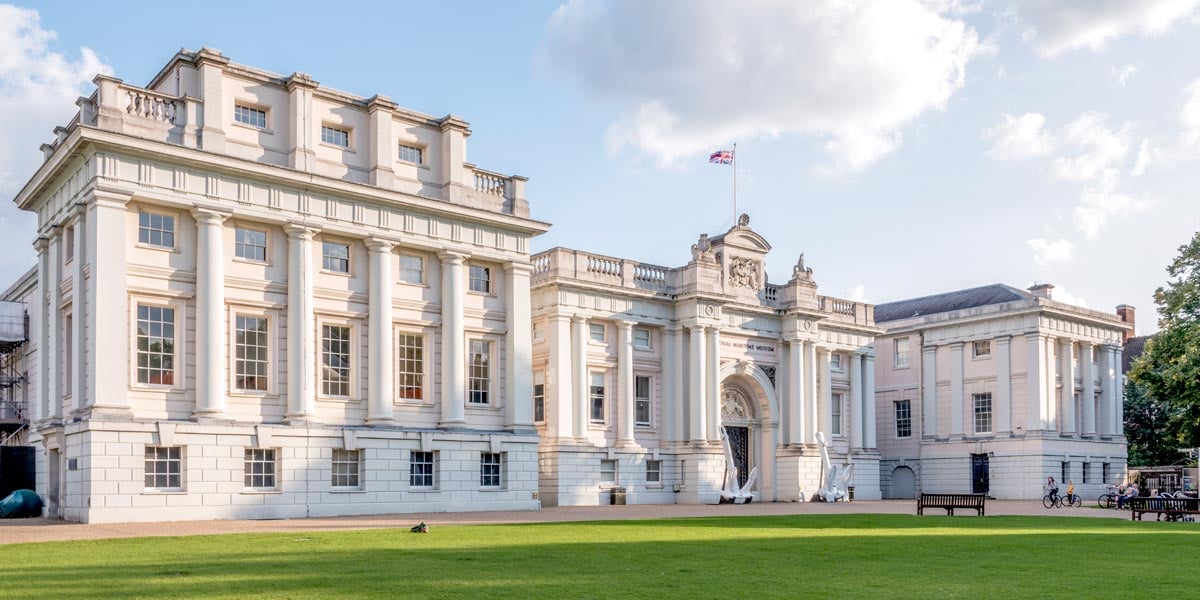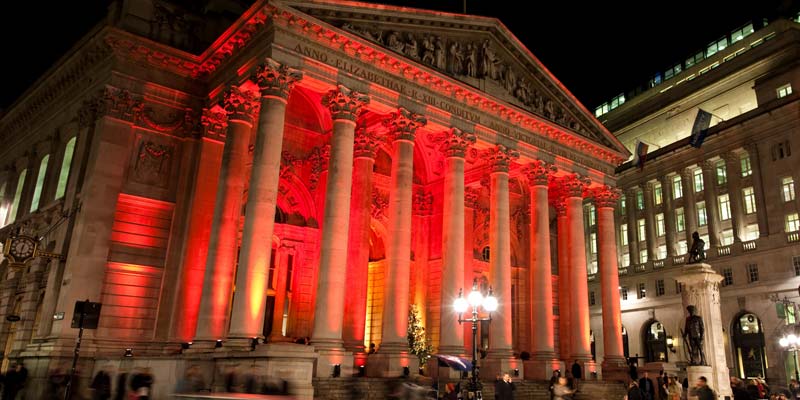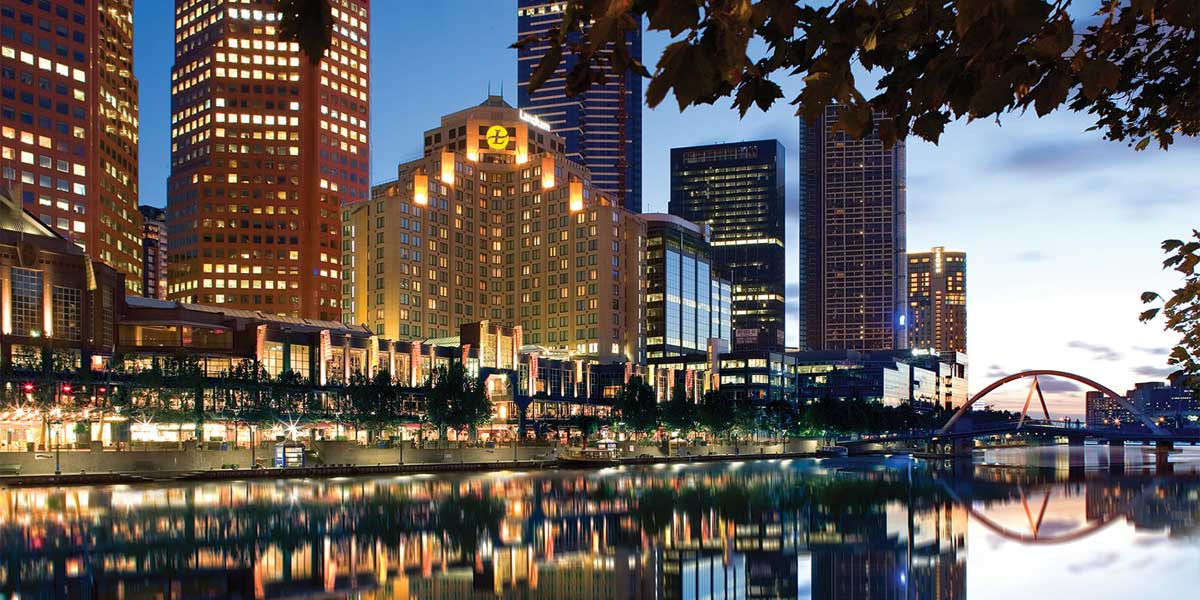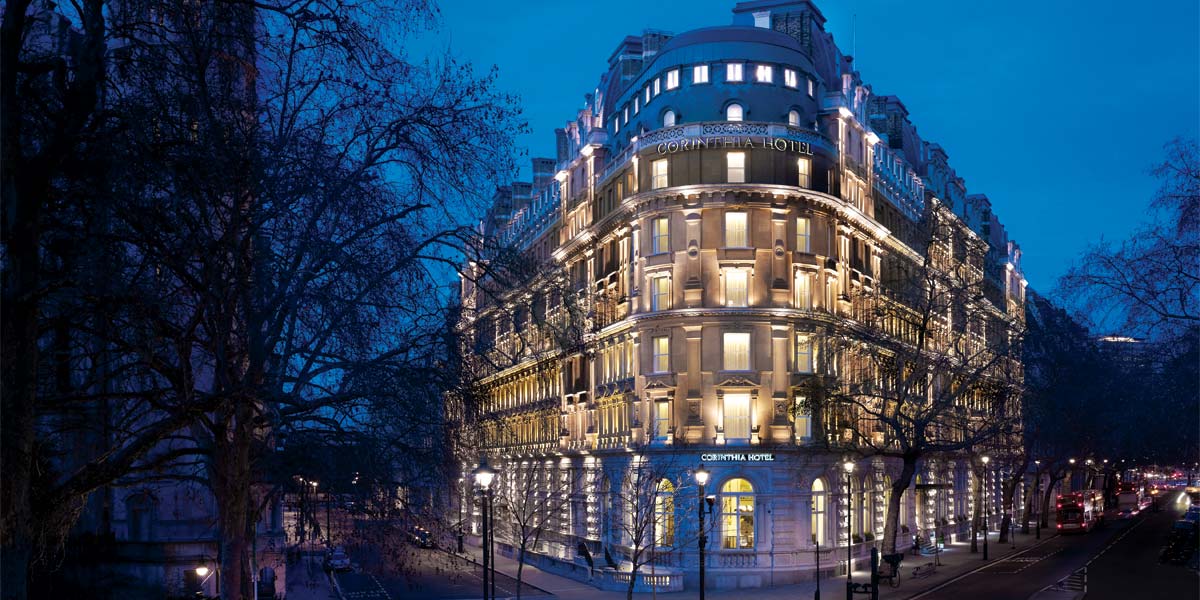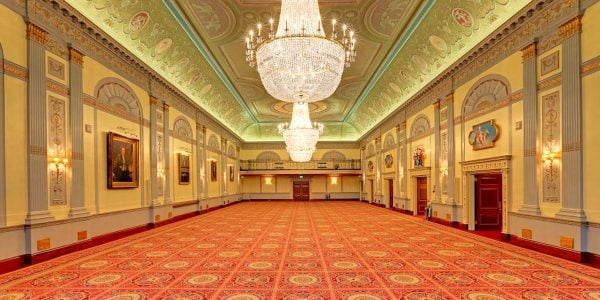The Royal Observatory Greenwich
A UNESCO World Heritage venue where timeless elegance meets the marvels of the celestial realmOverview
The Royal Observatory Greenwich is one of the world's most important scientific venues. It houses British astronomy, Greenwich Meantime, and the world's Prime Meridian. Founded in 1675 by Charles II and designed by Sir Christopher Wren, this museum offers a variety of event spaces. Notable among them are the Peter Harrison Planetarium and the Great Equatorial Telescope, which are modern and versatile venues. The Planetarium's show, led by an astronomer, captivates the imagination. The night sky can be explored from any place in the world, at any point in history, or enjoyed as it is now. The state-of-the-art projector is also available for event presentations.
Capacity
130
MAX CAPACITY
80DINNER
130RECEPTION
130THEATRE
Includes
Review
The Royal Observatory Greenwich is a remarkable venue that seamlessly blends history, astronomy, and modern amenities. This unique fusion creates a captivating space for diverse events, providing guests with an enriching and immersive experience.
The Octagon Room, serving as a primary event space, can host up to 60 guests. It offers an exclusive gallery dining ambience, complete with a lofty ceiling, ample natural light pouring in through numerous windows, and the added charm of Royal portraits.
The Meridian Courtyard is an open-air reception space that showcases some of London's finest views and provides direct access to the Prime Meridian. Guests can explore the Time and Longitude Galleries, immersing themselves in captivating exhibits and historical artefacts. Following this enriching experience, they can effortlessly move to the Octagon Room for a memorable dinner.
The Peter Harrison Planetarium is a modern addition to the Victorian Astronomy building, yet it balances history and contemporary entertainment. Guests can enjoy live Planetarium shows from comfortable, reclined theatre seating beneath the domed screen. Each show lasts approximately 25 minutes and includes a live Q&A session with the astronomer.
The Great Equatorial Telescope presents a one-of-a-kind opportunity for private telescope viewings, expertly guided by Observatory Astronomers. This exceptional experience enhances the fascination of astronomy enthusiasts, enabling them to delve deeper into the cosmos and discover celestial wonders. Additionally, it provides a chance to explore the universe like never before. Participants gaze at distant stars and planets under the guidance of knowledgeable astronomers who bring the mysteries of the night sky to life. The Royal Observatory Greenwich is a versatile and captivating venue. It provides a comprehensive and engaging event experience. It skillfully intertwines history, astronomy, and modernity to create a unique and memorable setting for various occasions.
History
Astronomy, navigation, and cartography played pivotal roles in Britain's maritime aspirations. On March 4, 1675, a Royal Commission recommended to Charles II the establishment of an observatory—Britain's inaugural state-funded scientific institution—and the appointment of an astronomer. Charles promptly called for action, and on the same day, John Flamsteed was appointed the "astronomical observator." This marked the inception of a new era for Greenwich and the fields of astronomy, timekeeping, and navigation.
Christopher Wren proposed using the dilapidated Greenwich Castle as the location for the new observatory, and he oversaw its architectural design. The construction commenced with Flamsteed House, intended to serve as the residence for the Astronomer Royal and as a venue for hosting guests. Over the ensuing four decades, Flamsteed conducted more than 50,000 observations of the moon and stars from an adjacent structure that would later bear his name. Flamsteed House witnessed the presence of various occupants, including children, servants, cooks, nursemaids, and astronomers. It underwent expansions and the addition of structures to accommodate more extensive and advanced instruments.
1818, the Royal Observatory was transferred to the Admiralty, prompting substantial growth. By the late 1800s, the site accommodated approximately 60 individuals. The current Royal Observatory showcases instruments repositioned in their original locations, offering a historical perspective on the observatory's functioning during the 18th and 19th centuries.
The Greenwich Meridian was designated the Prime Meridian of the World in 1884. Delegates from 25 nations attended the International Meridian Conference in Washington, DC, which concluded with Greenwich being selected as Longitude 0º.
Flamsteed House opened to the public in 1960, and other buildings followed suit by 1967. Substantial investments led to the Royal Observatory's reopening in 2007, complete with modern galleries and an education centre. Concurrently, the Peter Harrison Planetarium was inaugurated on the Royal Observatory grounds.
